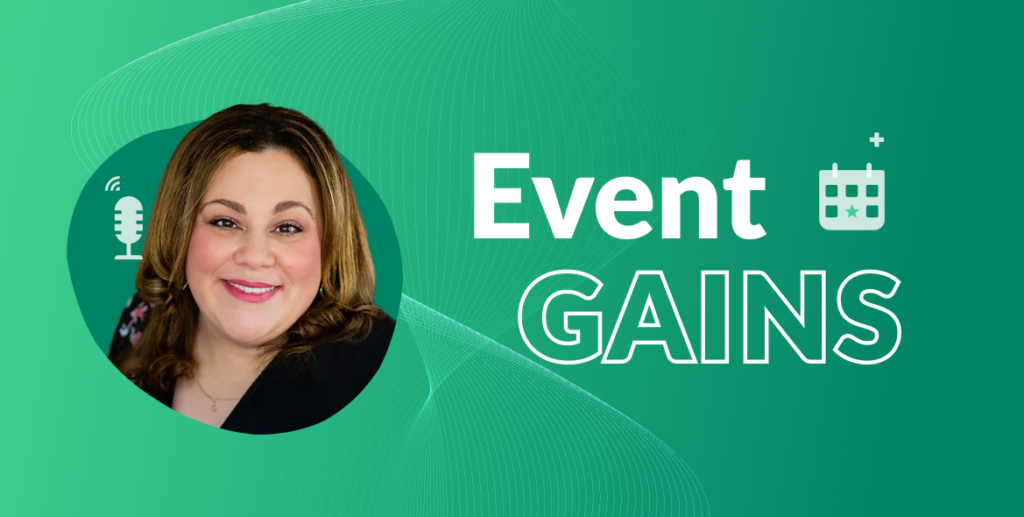If you’re reading this, you’re probably trying to breathe life into an email list that’s seen better days. You might have inherited it when stepping into a new role. Perhaps it’s a list you built during a previous content campaign that hasn’t been performing very well since the campaign finished. Or it could be the company newsletter that hasn’t been updated in a while.
No matter where it came from, effort went into building it. So it doesn’t make sense to let that effort go to waste – especially if it’s possible to avoid it. And that means checking for signs of life before we work out what to do next.
Rebuild email engagement: Check the pulse of your list
Unless you’ve sat on the list for months without any attempt to engage – such as the newsletter example above, or an email list you’ve just bought – you might not realise straight away that it’s on its last legs. But you’ll have noticed the warning signs: poor email engagement. Or in other words, few opens and no clicks.
If that’s the case, it’s time to reflect on what went wrong before rigor mortis sets in. And since we keep using death as an analogy for the status of an email list, and because Halloween is just around the corner, let’s look at this problem through the lens of my favourite holiday.
Step one: Perform a post-mortem
Here are some of the common causes of death for your email list:
- Starvation: You’ve let your list starve. An email list isn’t a set-it-and-forget-it exercise. You need to constantly nurture it, putting the work in to show value and give people an incentive to stick around. Always being reactive or having sketchy forward planning can lead to you being on the back foot. And when that happens, the quality of your email comms will suffer.
- Smothering: You’ve smothered your list. Bombarding them with emails in an attempt to win them over can have the opposite effect. You can end up pushing them away.
- Torture: You’ve tortured your list to death through boredom. If you put out the same type of content each week with a similar message, people will grow tired of it.
- Zombification: Turns out your list was already dead. This could be because you haven’t played much of a role in their inbox yet, leaving people to forget why they signed up in the first place. (OK, this one’s tenuous, but you get the idea.) Or maybe your list consisted of dead contacts as you forgot to verify their email addresses.
Step two: Bring it back to life
Now you’ve figured out what happened to your email list, it’s time to undo the damage. It goes without saying that you’ll need to add a huge amount of value to win your subscribers back. This requires a carefully put together content calendar to avoid starving or smothering them in the future.
You should also look at how you can better segment your list to avoid torture or zombification. Chances are you’ve got segmentation in place already. But if you quiz your audience demographics and the funnel they came in from, you can build this into your future publishing calendar to give prospective decision makers and influencers tailored content. Understanding what your subscribers are looking for will give you cues about the right email cadence too.
This will not only make your re-engagement efforts more targeted, but will help to push prospects through the buyer journey after you’ve captured their attention again. Companies that use segmented campaigns report as much as a 760% increase in revenue, so the value of proper email segmentation cannot be overstated.
It’s then time to run a re-engagement campaign. This is nuanced enough that it could be a blog post in its own right. In essence, though, reintroduce yourself to subscribers in the right way.
Here are a few pointers:
- Grab attention by providing value from the start. Short, actionable email courses can be a good way to do this. Data-led content campaigns are a great source too. The insights you’ve uncovered can be packaged up into a nurture sequence for each segment.
- Don’t forget to personalise. The open rate for an email with a personalised message is 18% higher than one without.
- Give subscribers an easy way to opt out if they’re no longer interested.
- Check that your CTAs are obvious and easy to click. Your subscribers should know what you want them to do next.
- Make it crystal clear what they can expect from you in the future – and stick to it!
Step three: Move your victims (err… dead leads 👀) to the email graveyard
Once you’ve re-engaged your list, you’ll want to keep tabs on subscribers you haven’t seen any signs of life from. These are email addresses that still haven’t engaged despite your best efforts. They could also be people who don’t fit into your new list segmentation, who should be approached in a different way.
Consider moving all of them to a new segment. Don’t worry if this means you’ll lose a good chunk of your main list. On average, only 45% of your dead leads can be brought back to life. But, as you’ve put the truly dead ones in their own category, you can use your next big content campaign to try and get them animated again.
Don’t forget the special effects
Hopefully by this point you’ve found a steady rhythm with your email list. You’ve cut the dead leads and are seeing good email engagement again. From here, it’s all about value. Keep the value bar high and your subscribers will stick around. By doing so, you can avoid making the mistakes that put your email list on life support in the first place.



